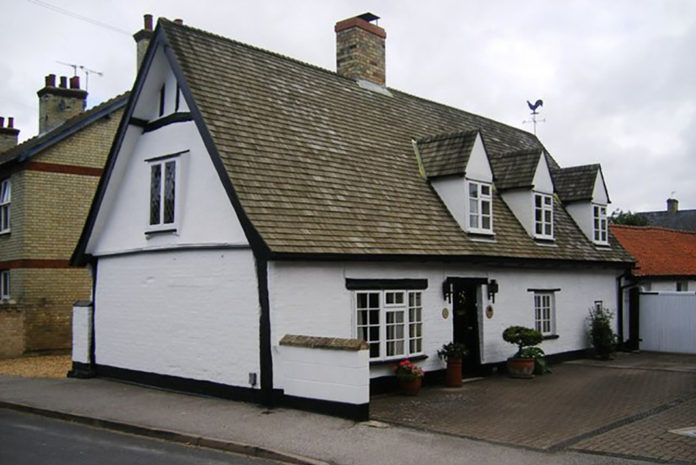While we’ve moved away from thatch and reed roofs as a way to protect our homes from the elements, the roofing industry hasn’t changed dramatically since 735 A.D. — until the 21st century, that is.
In this blog I will take a closer look at some of the most influential trends impacting the roofing industry in 2019, and what they will mean for professionals and homeowners alike.
The continuing labor shortage
The construction industry in general, and roofing in particular, has been dealing with a labor shortage since the recession in 2008. In fact, 86% of contractors are having difficulty filling jobs. At the time, no one was buying houses or reroofing their current home, so skilled workers left the sector in search of other work.
While the country is no longer in a recession, those that left the field haven’t returned, leading to a continuing labor shortage that will continue to impact the roofing industry in 2019 and beyond.
The move towards energy-efficient roofs
Consumers are trying to shrink their carbon footprint and lower their monthly utility bills, which is guiding them towards energy-efficient roofing upgrades. Roofing materials are beginning to receive Energy Star ratings like windows and appliances, so roofing companies will need to be aware of this trend and how it might affect their business.
Be aware of the different Energy Star ratings for different roofing materials, and take the time to educate yourself on the various options your customers might ask about.
Eco-friendly and sustainable roofing materials
Asphalt shingles and clay tiles aren’t the only options available for eco-friendly or sustainable roofing. Wood shingles are becoming more popular, especially those made from cedar, because the wood is naturally resistant to insects and sunlight, as well as moisture and mold. With additional treatment, it can also become resistant to fungus and even fire.
Cedar roofs are also appealing for their aesthetics — they start out a beautiful red color, before aging to a silver-gray.
Some homeowners are skipping shingles entirely, regardless of how sustainable they are, in favor of living roofs. These systems are designed to be lightweight and provide proper drainage, while absorbing heat and keeping the home below cooler.
A fluctuating housing market
After the 2008 recession, many people are still hesitant to purchase property — and this fluctuating housing market impacts the roofing industry. Going into 2019, experts believed the housing market was going to soften, but now that we’re halfway through the year, it appears it will remain stable. Mortgage rates are dropping — between November 2018 and June 2019, average rates dropped from 5.09% to 4.09% — but homebuyers are still hesitant to sign on that dotted line.
Changes in metal roofing
Metal roofing is a popular option because if done right, it can last up to 50 years. Many people are balking because homeowners insurance policies are beginning to require them to replace their roof every 10-20 years, regardless of its condition. Companies that specialize in metal roofing need to encourage their clients to contact their homeowner’s insurance companies before taking on a job.
Solar roofing
Tesla made headlines by offering solar shingles, but it’s not the only company that’s working toward making solar roofing a reality. Apollo II’s solar shingles fit into the existing asphalt shingles, while GAF offers panels that attach directly to the existing ones without the need for a roof rack. As more consumers start making the switch to solar, these companies and more will begin to impact the roofing industry.
Businesses may wish to consider partnering with one or more solar roofing companies to help corner the market before it becomes mainstream.
Looking towards the future
The roofing industry is one that is always in a state of flux, at the mercy of the housing market and the whims of homeowners, but new material and technology trends are helping to push this ancient practice into the 21st century. For homeowners that need to replace their roof in the next year, the possibilities are becoming more exciting. Green and energy-efficient roofing materials will continue to grow in popularity in the next year, and likely even beyond.
Picture caption: A cedar shingles roof. Credit: Tony Lewis / Oak Farm Cottage / CC BY-SA 2.0 via Wikimedia Commons)

